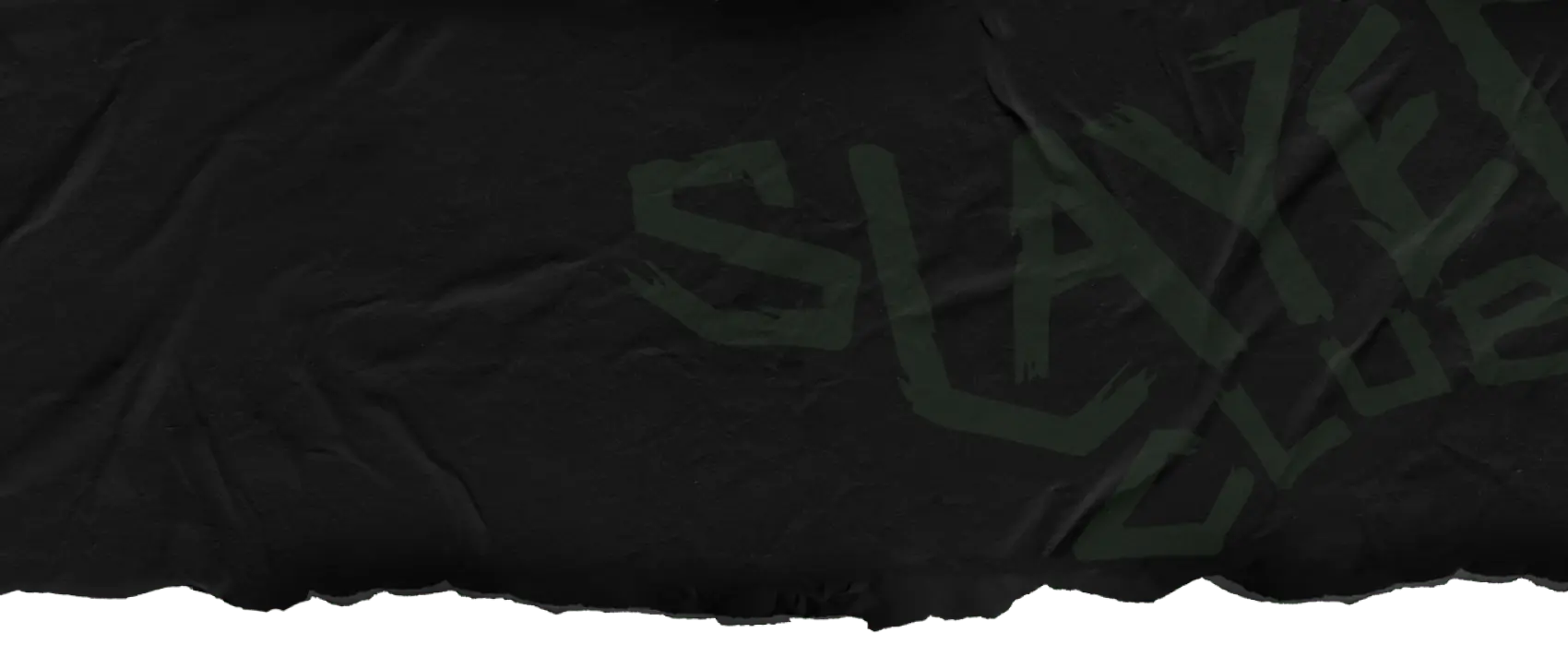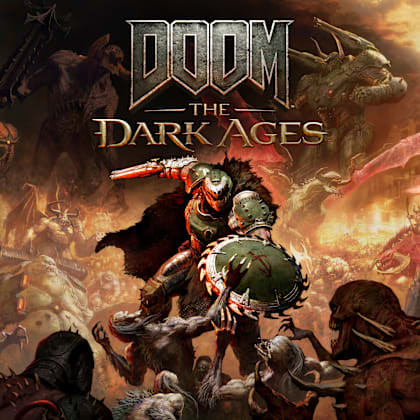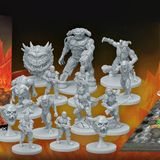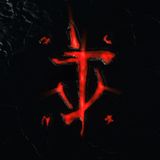Behind the Scenes of Claycat’s DOOM
By: Alistair Hatch
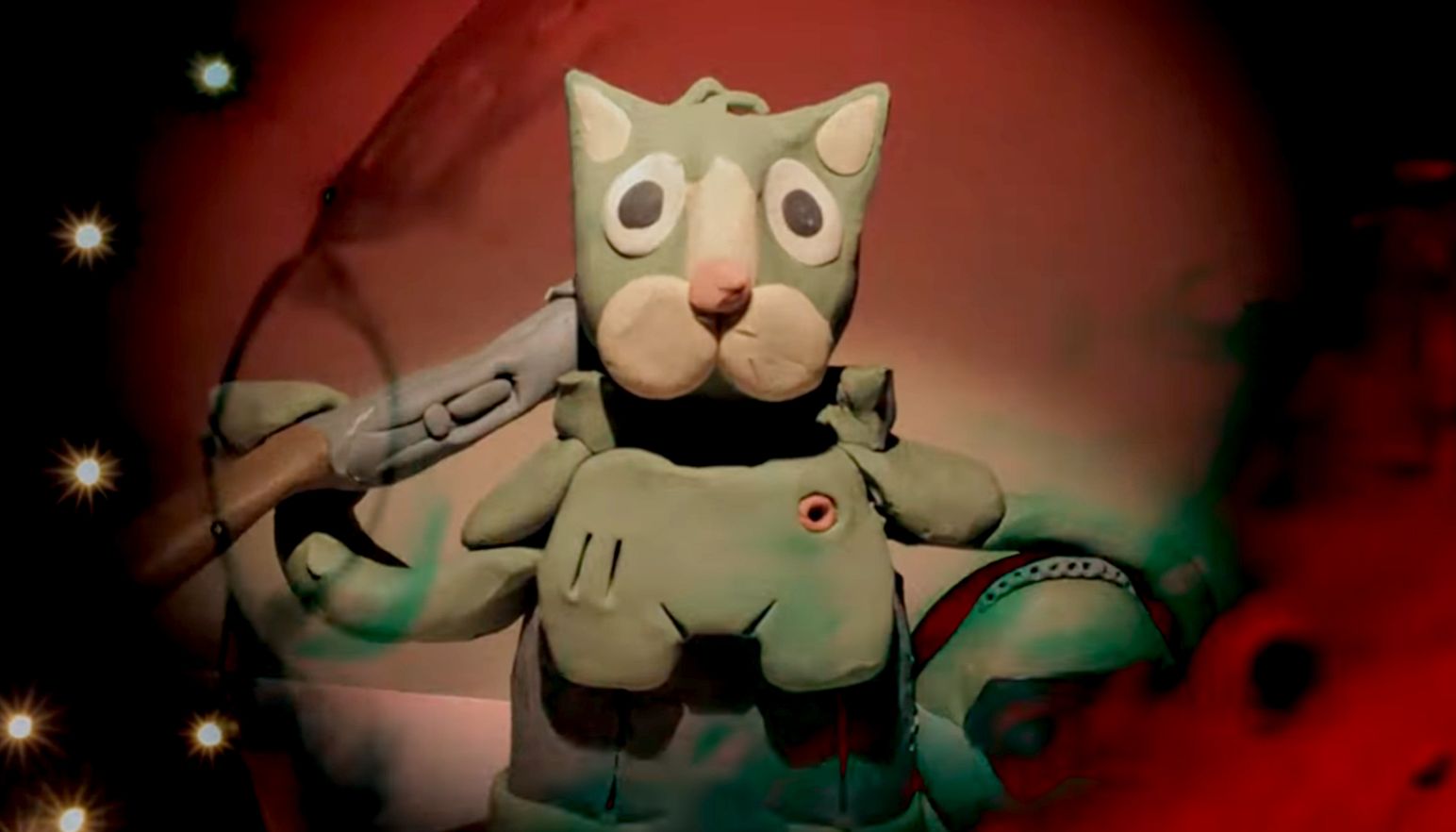
At Bethesda we’ve been fans of Lee Hardcastle’s clay-animations for some time. Among his many popular videos, we’ve watched his Claycat recreations of some of our favorite movies and daydreamed about how great it would be to have him turn his hand to something from the Bethesda portfolio. Then along came DOOM. Gibs? Check. Blood? Check. Guns? Check. DOOM had Lee Hardcastle written all over it. And now with a half-million views, it seems you agree too.
With Hardcastle, the fandom was mutual. “DOOM is a no-nonsense video game that is a classic,” he says. “I’ve wanted to create a DOOM fan video for such a long time now, and as a Claycat animation it was a fun excuse to just have at it without stewing too much on how to faithfully translate DOOM into a moving picture.”
Hardcastle’s unique take on DOOM began with the demons. “One of my favorite things from the game was how the monsters were often hiding somewhere in the shadows or behind doors yet to be opened,” he says. “I played a lot with the lighting and made the monsters pop up from random places, which gave the DOOM Cat a constant fight.”
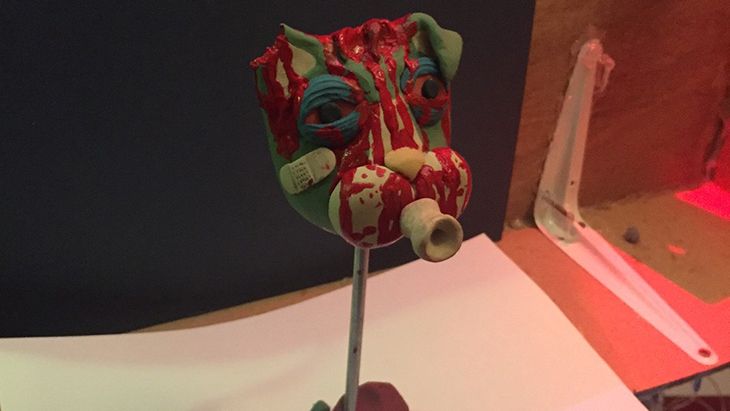
Beyond the demons, Hardcastle still had the tough task of bringing to life an animated claymation cat dressed as a DOOM marine – in a way that both fit his own Claycat style but was also reminiscent of the source material and is just plain… cool. How did he pull it off? “I think about what needs to be shown on the screen and then I think about how to achieve that, as obvious as all that sounds,” he explains. “For example the P.O.V stuff I wanted to shoot was a real pain to figure out. I thought about adding the 'hands-holding-the-gun' later in post-production, but then the hands wouldn't feel present on screen and they would be missing lots of glorious details and unable to physically interact with anything on set. So once I realized that, I just figured out a way to achieve this and tried some tests, to see what worked and what didn’t, and then took it from there.”
Putting this together must have taken some time. Was it as painstaking as it sounds? “Building everything, such as the sets, rigs, and characters, took about three weeks,” Hardcastle says. “Actual animating took another three weeks. Post-production took two weeks, while the sound was created somewhere else separately by Tim Atkins. So, about eight weeks total.” While Hardcastle’s dedication to his craft is impressive, we still had to wonder how he was able to keep his post-production time so short. “Well, I tend to shoot exactly what I want in the final edit. I don't shoot more animation than I need to, so I kinda edit in camera as I'm shooting the animation anyway. Most of the editing involves stuff like removing rigs and fine-tuning sequences by removing/adding frames where possible.”
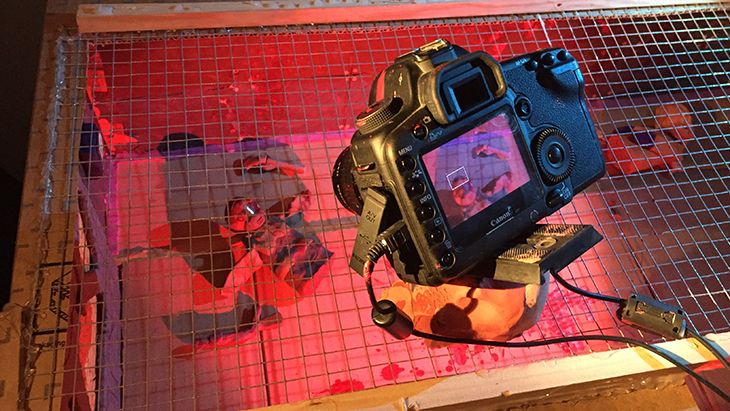
If Claycat’s DOOM impressed you as much as it did us, be sure to head over to Hardcastle’s YouTube page – but beware, just like DOOM, some content is NSFW.
We’re sorry but you may not access this content. Please review our Privacy Policy
